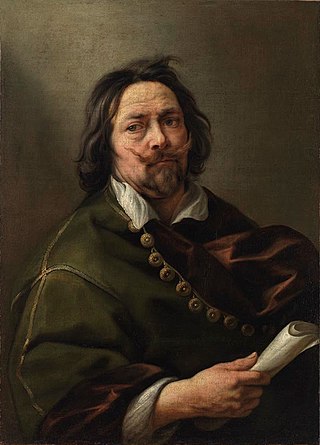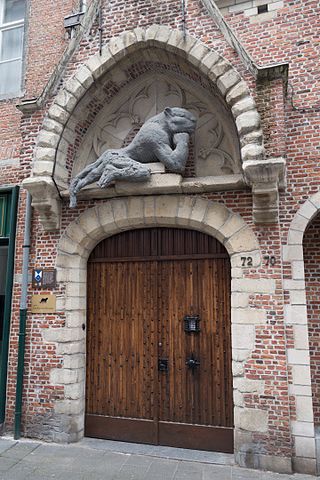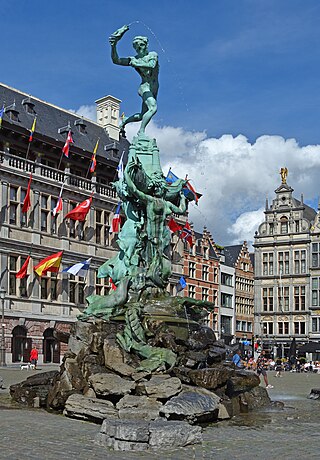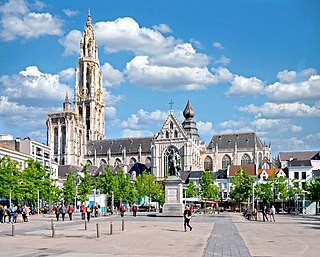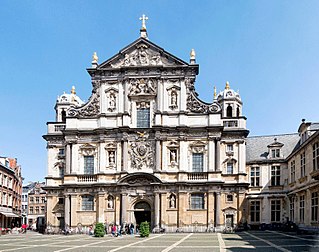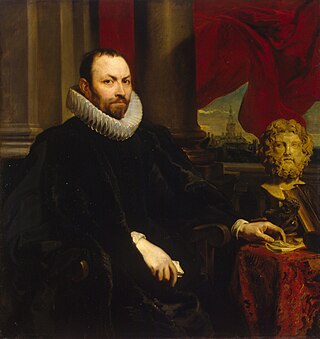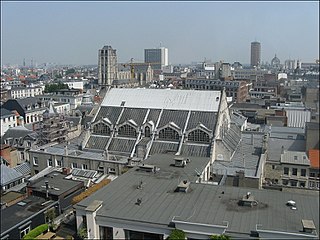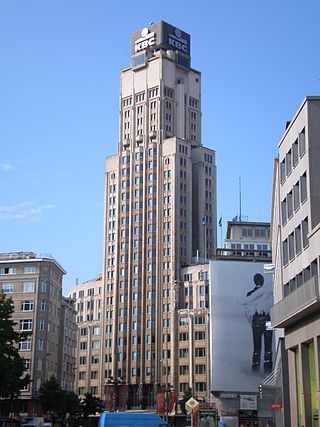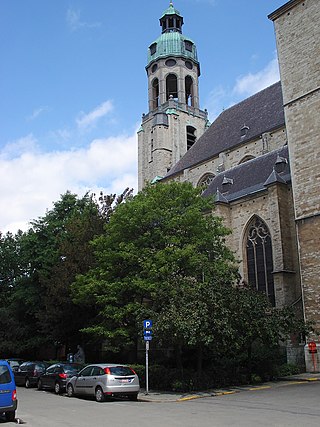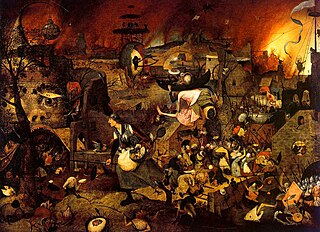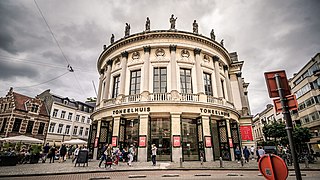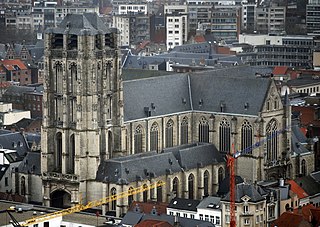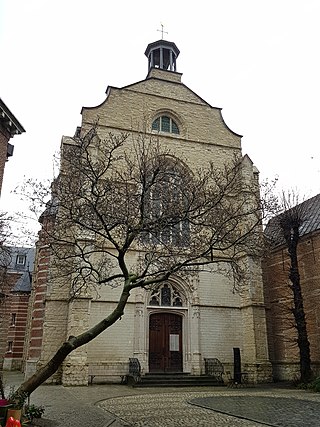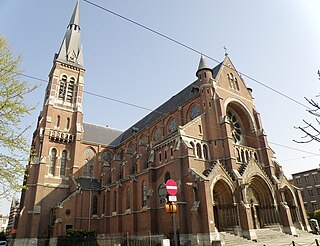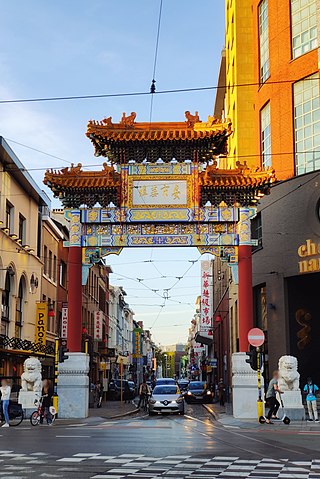Self-guided Sightseeing Tour #4 in Antwerp, Belgium
Legend
Guided Free Walking Tours
Book free guided walking tours in Antwerp.
Guided Sightseeing Tours
Book guided sightseeing tours and activities in Antwerp.
Tour Facts
7.2 km
72 m
Experience Antwerp in Belgium in a whole new way with our free self-guided sightseeing tour. This site not only offers you practical information and insider tips, but also a rich variety of activities and sights you shouldn't miss. Whether you love art and culture, want to explore historical sites or simply want to experience the vibrant atmosphere of a lively city - you'll find everything you need for your personal adventure here.
Activities in AntwerpIndividual Sights in AntwerpSight 1: Jacob Jordaens
Jacob (Jacques) Jordaens was a Flemish painter, draughtsman and a designer of tapestries and prints. He was a prolific artist who created biblical, mythological, and allegorical compositions, genre scenes, landscapes, illustrations of Flemish sayings and portraits. After the death of Rubens and Anthony van Dyck, he became the leading Flemish Baroque painter of his time. Unlike those illustrious contemporaries he never travelled abroad to study the Antique and Italian painting and, except for a few short trips to locations elsewhere in the Low Countries, he resided in Antwerp his entire life. He also remained largely indifferent to Rubens and van Dyck's intellectual and courtly aspirations. This attitude was expressed in his art through a lack of idealistic treatment which contrasted with that of these contemporaries.
Sight 2: Sint-Julianusgasthuis
The Sint-Julianusgasthuis is a building complex in Antwerp, located at Hoogstraat 70-72, Sint-Jansvliet 25 and Stoofstraat 8. It is a historic guest house whose chapel has served as the art gallery De Zwarte Panter since 1970.
Wikipedia: Sint-Julianusgasthuis (NL), Website, Heritage Website
Sight 3: Stadhuis Antwerpen
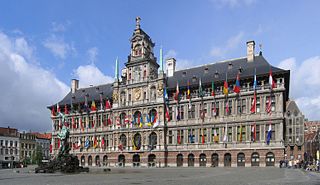
The City Hall of Antwerp, Belgium, stands on the western side of that city's Grote Markt. Erected between 1561 and 1565, after designs made by Cornelis Floris de Vriendt and several other architects and artists, this Renaissance building incorporates both Flemish and Italian influences. The building is listed as one of the Belfries of Belgium and France, a UNESCO World Heritage Site.
Sight 4: Brabo Fountain
The Brabo Fountain is an eclectic-style fountain-sculpture located in the Grote Markt of Antwerp, Belgium, in front of the City Hall. The fountain, dating from 1887, contains a bronze statue by the sculptor Jef Lambeaux depicting the city's legendary founder, Silvius Brabo, throwing the severed hand of the giant Druon Antigoon into the river Scheldt. It received protected status in 1982.
Sight 5: Cathedral of Our Lady
Join Free Tour*The Cathedral of Our Lady is a Roman Catholic cathedral in Antwerp, Belgium. Today's seat of the Diocese of Antwerp started in 1352 and, although the first stage of construction was ended in 1521, has never been 'completed'. It was constructed in the Gothic style by architects Jan and Pieter Appelmans. It contains a number of significant works by the Baroque painter Peter Paul Rubens, as well as paintings by artists such as Otto van Veen, Jacob de Backer and Marten de Vos. The cathedral is the largest Gothic church in Belgium, with its tower rising 123 meters over the city.
Wikipedia: Cathedral of Our Lady (Antwerp) (EN), Heritage Website
Sight 6: Erfgoedbibliotheek Hendrik Conscience
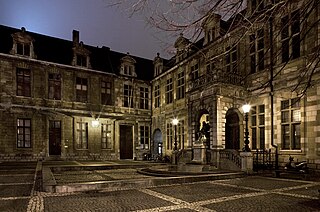
The Hendrik Conscience Heritage Library is the repository library of the city of Antwerp. It is named after the Flemish writer Hendrik Conscience, whose statue adorns the library. The library conserves books and magazines to keep them available permanently.
Wikipedia: Hendrik Conscience Heritage Library (EN), Heritage Website
Sight 7: Sint-Carolus Borromeuskerk
St. Charles Borromeo Church is a Roman Catholic church in central Antwerp, Belgium, located on the Hendrik Conscienceplein. It was built in 1615–1621 as the Jesuit church of Antwerp, which was closed in 1773. It was rededicated in 1779 to Saint Charles Borromeo. The church was formerly known for 39 ceiling pieces by Peter Paul Rubens that were lost in a fire when lightning struck the church on 18 July 1718.
Wikipedia: St. Charles Borromeo Church, Antwerp (EN), Heritage Website
Sight 8: Snijders & Rockoxhuis
The Snijders&Rockox House is a museum in Antwerp, Belgium. It is located in two neighbouring townhouses formerly owned by the artist Frans Snyders (1579–1657) and the mayor Nicolaas Rockox (1560–1640). It is owned by KBC Bank and showcases a collection of 16th and 17th century Flemish art.
Wikipedia: Snijders&Rockox House (EN), Website, Heritage Website
Sight 9: Handelsbeurs
The bourse at Antwerp is a building in Antwerp, Belgium, which was first opened in 1531 as the world's first purpose-built commodity exchange. The Royal Exchange in London was modelled on the Antwerp bourse. The bourse has been described as "the mother of all stock exchanges".
Wikipedia: Bourse at Antwerp (EN), Website, Heritage Website
Sight 10: Boerentoren
Join Free Tour*The Boerentoren is a historic high-rise building in Antwerp, Belgium. Constructed between 1929 and 1932 and originally 87.5 m (287 ft) high, it remained the tallest building and the second-tallest structure in the city until 2019, when the Antwerp Tower surpassed it with a height of 100.7 m (330 ft). At the time of construction, it was the second tallest building in Europe by roof height.
Sight 11: Sint-Andrieskerk
St. Andrew’s Church is a Catholic church in Antwerp built in the 16th century. Its exterior is mainly characterised by a late-Gothic style while its interior is predominantly executed in Baroque style. It is the parish church of the Parish of St. Andrew’s. During the nineteenth century the St. Andrew's Parish was known as the parish of misery as it was by then mainly populated by poor people.
Wikipedia: St. Andrew's Church, Antwerp (EN), Heritage Website
Sight 12: Sint-Augustinuskerk
The St. Augustine's Church in Antwerp's Kammenstraat 73 is a Baroque church designed by Wenceslas Cobergher. The whole was radically renovated into a music centre vzw AMUZ.
Wikipedia: Sint-Augustinuskerk (Antwerpen) (NL), Heritage Website
Sight 13: Oudaan
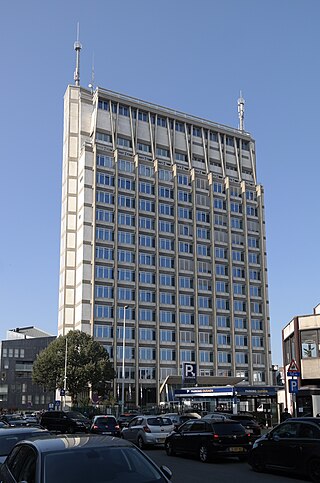
The Police Tower is a building in Antwerp located in the Oudaan and designed by Renaat Braem. Various administrative services of the police were located in the building.
Sight 14: Mayer van den Bergh
Museum Mayer van den Bergh is a museum in Antwerp, Belgium, housing the collection of the art dealer and collector Fritz Mayer van den Bergh (1858–1901). The major works are from the Gothic and Renaissance period in the Netherlands and Belgium, including paintings by Pieter Brueghel the Elder.
Wikipedia: Museum Mayer van den Bergh (EN), Website, Heritage Website
Sight 15: Arenbergschouwburg
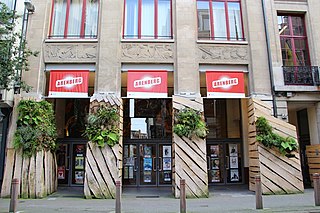
The Arenberg Theatre is a theatre in the Latin Quarter of Antwerp.
Sight 16: Bourlaschouwburg
Bourla Theatre is a theatre located in Antwerp that seats around 900. The building is designed in a neoclassical style on the site of the former Tapissierspand tapestry market. The theatre was designed on request from the city in 1827 by the city architect Pierre Bourla. Construction began in 1829, but was delayed due to the Belgian Revolution. The theatre was finally finished in 1834 and opened under the name, Grand Théâtre or Théâtre Royal Français, on account of its ownership by a French company. Presently, the Bourla houses the theatre company Het Toneelhuis, which is a merger of the companies, Koninklijke Nederlandse Schouwburg and Blauwe Maandag Compagnie.
Sight 17: Sint-Jacobskerk
St. James' Church is a former collegiate church in Antwerp, Belgium. The church is built on the site of a hostel for pilgrims to Santiago de Compostela. The present building is the work of the Waghemakere family and Rombout Keldermans, in Brabantine Gothic style. The church contains the grave of Peter Paul Rubens in the eastern chapel.
Wikipedia: St. James' Church, Antwerp (EN), Heritage Website
Sight 18: Begijnhof Antwerpen
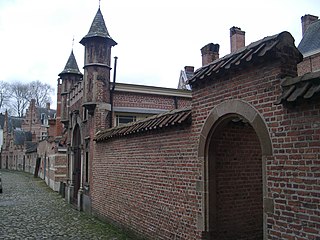
The Beguinage of Antwerp is one of the beguinages in Flanders and a beguinage in the Belgian city of Antwerp. It is located in the Rodestraat in the University district and was founded in 1544 when the old beguinage from 1245, which was located outside the city walls, was abandoned for safety reasons. The beguinage was originally of the square type, but later an alley was added. The original church was destroyed in 1799, the current Saint Catherine's Church was built in 1827, probably under the direction of Pierre Bruno Bourla.
Sight 19: Protestants Evangelische kerk
The Brabantsche Olijfberg is the name of the Protestant community of Antwerp during the period that it met in secret during the time of the Austrian Netherlands. The church building that has been in use since 1821 by the Protestant congregation Antwerp-North of the United Protestant Church in Belgium is also referred to by this name. The late Gothic church building, the first stone of which was laid in 1615, is located on the Lange Winkelstraat and is recognized as a monument. It is the only thing that remains of the Roman Catholic convent of the Sisters of the Annunciation in Antwerp.
Wikipedia: Brabantsche Olijfberg (NL), Website, Heritage Website
Sight 20: Sint-Antoniuskerk
St. Anthony's Church is a Roman Catholic parish church, located on the Paardenmarkt in Antwerp (Belgium).
Wikipedia: Sint-Antoniuskerk (Antwerpen) (NL), Website, Heritage Website
Sight 21: Sint-Amanduskerk
The Sint-Amanduskerk is a church in the north of the Belgian city of Antwerp. The church is dedicated to Saint Amandus.
Wikipedia: Sint-Amanduskerk (Antwerpen) (NL), Heritage Website
Sight 22: Chinatown
Chinatown is located on Van Wesenbekestraat a street in Antwerp, Belgium. Historically supporting the Chinese community that settled in Antwerp post-World War II, today Chinatown is well known for its pan-Asian atmosphere. The district houses an abundance of restaurants offering a variety of Asian cuisines such as Chinese, Japanese, Indian, Pakistani, Thai and Nepali. Pan-Asian organisations and businesses supporting the Chinese, Nepali, Indonesian and Filipino communities for example are found throughout the district and the biggest Asian supermarket in the country is also found in Chinatown. A Buddhist temple and a school for mastering kungfu are other commodities also found in the district. Chinese presence is still dominant. However, traders from Thailand, Nepal and other Asian countries have also settled in the district resulting in some dubbing it as Asiatown to reflect the changing demographics. Both at the entrance and the end of the street, two Chinese lions guard the street. A paifang known as the "Pagodepoort" was erected at the southern entrance to the street in 2010 after four years of planning.
Share
How likely are you to recommend us?
Disclaimer Please be aware of your surroundings and do not enter private property. We are not liable for any damages that occur during the tours.
GPX-Download For navigation apps and GPS devices you can download the tour as a GPX file.
